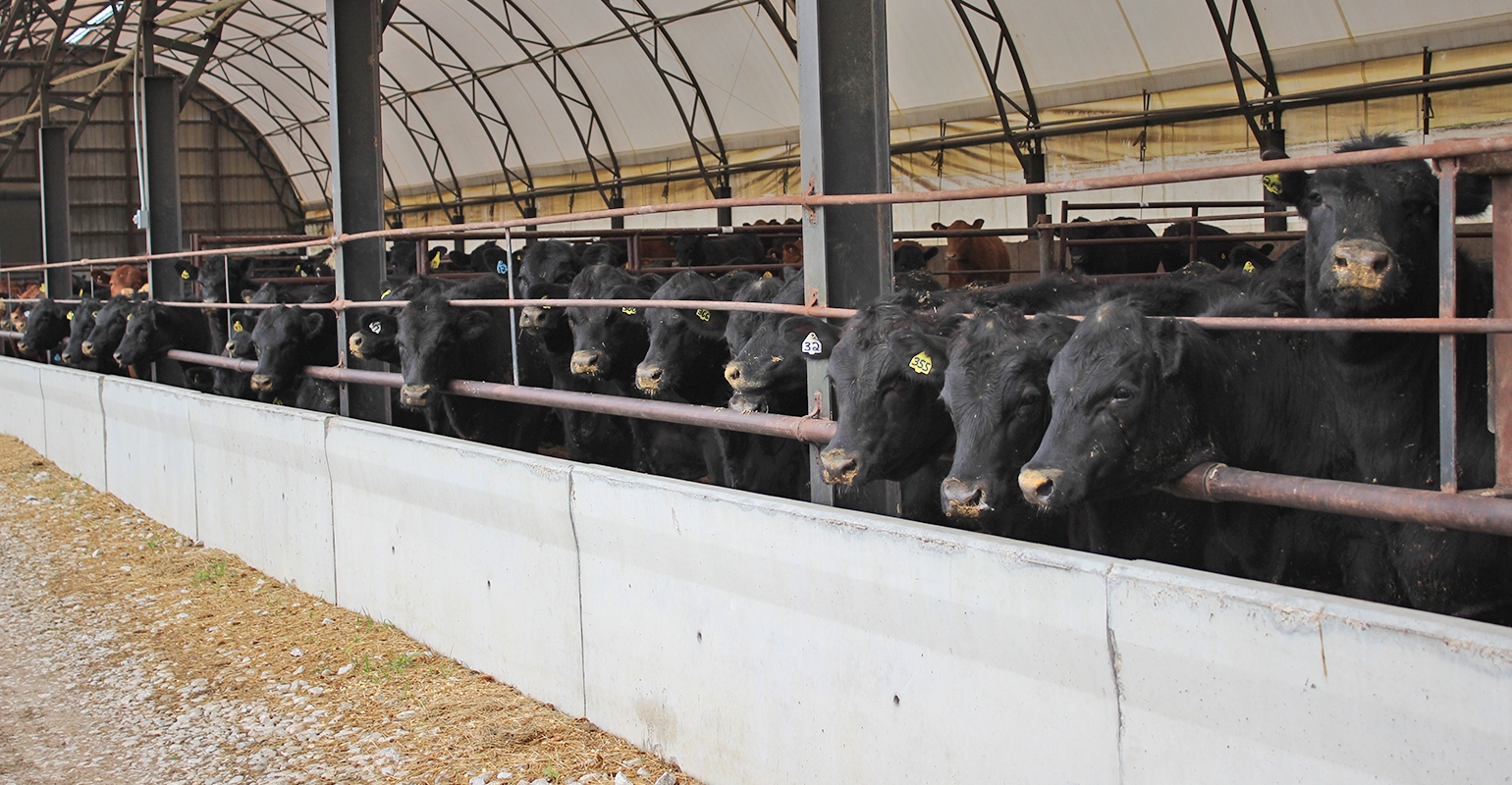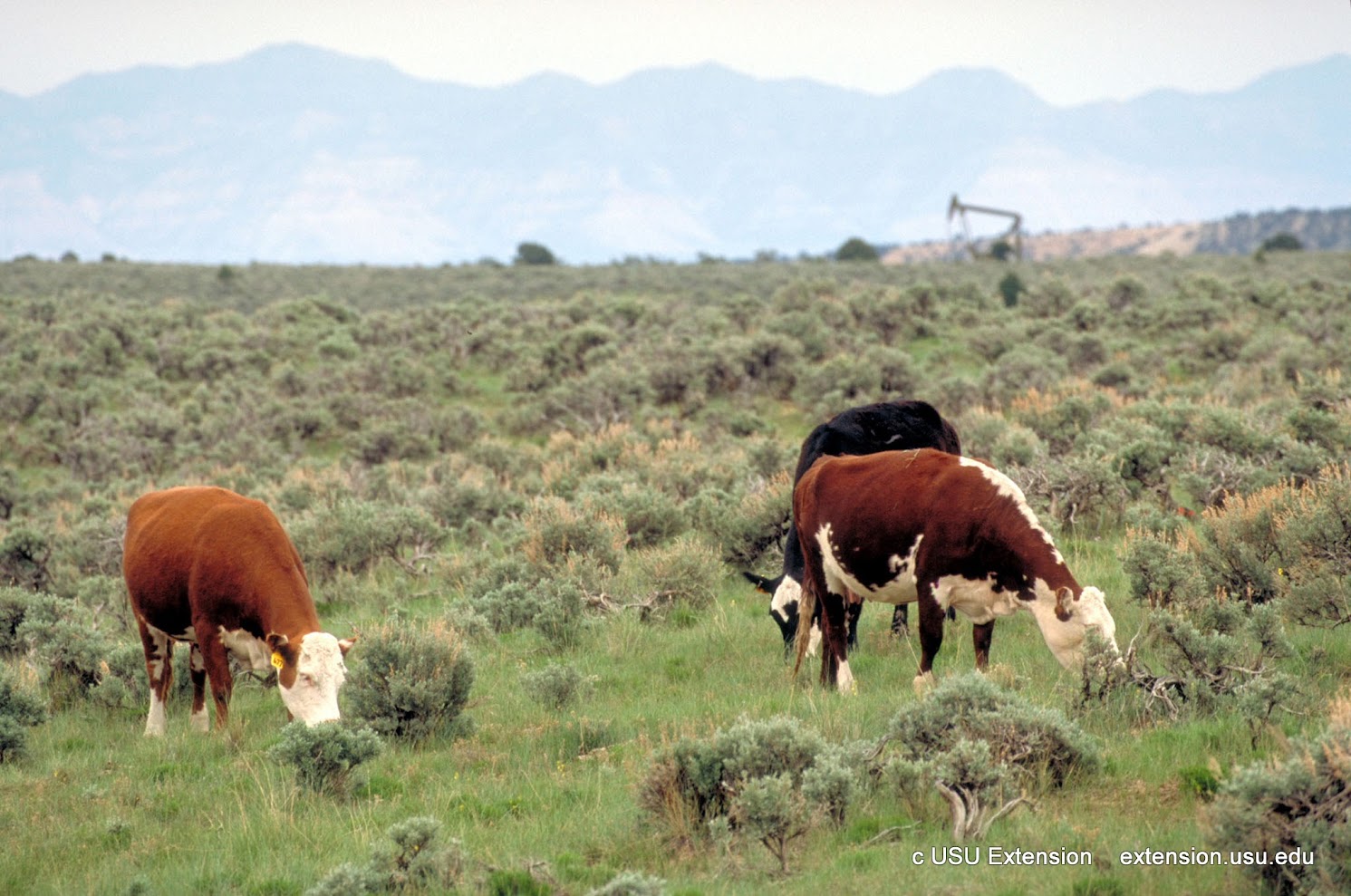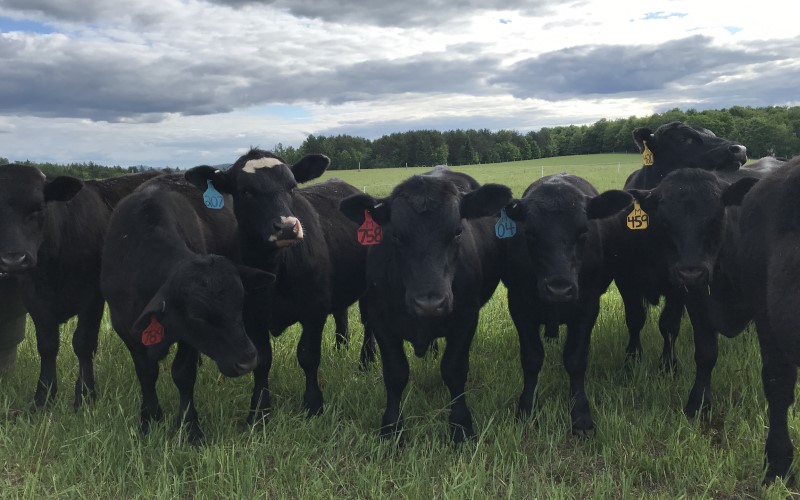Guarding Success: Bagley Risk Management Provider
Guarding Success: Bagley Risk Management Provider
Blog Article
Recognizing Animals Threat Defense (LRP) Insurance: A Comprehensive Overview
Navigating the realm of animals threat defense (LRP) insurance policy can be a complex venture for many in the agricultural field. From exactly how LRP insurance works to the different coverage options offered, there is much to reveal in this thorough guide that might possibly shape the way livestock manufacturers come close to threat management in their services.

Exactly How LRP Insurance Policy Works
Sometimes, comprehending the technicians of Animals Danger Defense (LRP) insurance coverage can be intricate, but breaking down how it functions can give clearness for ranchers and farmers. LRP insurance is a risk management tool created to safeguard livestock manufacturers against unexpected cost declines. It's important to note that LRP insurance is not a revenue guarantee; instead, it focuses only on cost danger protection.
Qualification and Protection Options

When it comes to coverage choices, LRP insurance coverage supplies manufacturers the flexibility to pick the protection level, coverage duration, and recommendations that best match their danger administration needs. By understanding the qualification criteria and insurance coverage choices readily available, animals producers can make informed choices to manage danger successfully.
Benefits And Drawbacks of LRP Insurance
When examining Livestock Threat Defense (LRP) insurance coverage, it is vital for animals producers to evaluate the advantages and downsides integral in this threat management device.

One of the primary benefits of LRP insurance is its capability to give protection against a decline in livestock prices. Furthermore, LRP insurance coverage uses a degree of adaptability, enabling producers to tailor insurance coverage levels and plan durations to fit their certain requirements.
Nevertheless, there are likewise some disadvantages to consider. One limitation of LRP insurance coverage is that it does not secure versus all kinds of dangers, such as illness outbreaks or natural calamities. Additionally, premiums can sometimes be costly, especially for producers with big animals herds. It is crucial for producers to carefully analyze their specific threat direct exposure and economic circumstance to figure out if LRP insurance is the best danger monitoring device for their procedure.
Recognizing LRP Insurance Policy Premiums

Tips for Making The Most Of LRP Benefits
Optimizing the benefits of Animals Threat Protection (LRP) insurance coverage requires calculated preparation and positive danger monitoring - Bagley Risk Management. To maximize your LRP coverage, take into consideration the complying with pointers:
Frequently Analyze Market Problems: Keep educated concerning market fads and rate variations in the animals sector. By monitoring these aspects, you can make educated choices concerning when to buy LRP coverage to protect versus possible losses.
Set Realistic Protection Degrees: When selecting insurance coverage levels, consider your production costs, market price of animals, and potential threats - Bagley Risk Management. Setting reasonable coverage levels makes sure that you are effectively protected without overpaying for unneeded insurance coverage
Diversify Your Coverage: As opposed to relying entirely on LRP insurance coverage, think about diversifying your danger administration strategies. Integrating LRP with other threat administration tools such as futures contracts or choices can supply extensive coverage against market unpredictabilities.
Review and Change Protection Consistently: As market problems alter, regularly examine your LRP coverage to ensure it lines up with your existing threat direct exposure. Adjusting insurance coverage levels and timing of purchases can help maximize your risk protection method. By adhering to these ideas, you can make the most of the benefits of LRP insurance coverage and protect your animals procedure against unexpected risks.
Conclusion
In verdict, livestock risk security (LRP) insurance coverage is a beneficial tool for farmers to manage the economic dangers connected with their animals procedures. By recognizing how LRP functions, qualification and insurance coverage alternatives, as well as the advantages and disadvantages of this insurance policy, farmers can make informed go now choices to protect their incomes. By thoroughly thinking about LRP premiums and carrying out strategies to make the most of benefits, farmers can mitigate prospective losses and make certain the sustainability of their procedures.
Animals producers interested in getting Livestock Danger review Security (LRP) insurance can explore a range of qualification requirements and coverage alternatives tailored to their particular animals procedures.When it comes to protection alternatives, LRP insurance policy offers manufacturers the flexibility to choose the insurance coverage degree, insurance coverage duration, and endorsements that ideal fit their danger monitoring demands.To realize the intricacies of Livestock Danger Defense (LRP) insurance policy fully, recognizing the aspects influencing LRP insurance coverage premiums is vital. LRP insurance policy premiums are identified by various components, consisting of the protection level chosen, the anticipated cost of livestock at the end of the insurance coverage period, the type of animals being guaranteed, and the size of the insurance coverage period.Evaluation and Change Coverage Frequently: As market problems change, regularly evaluate your LRP insurance coverage to ensure it straightens with your existing threat direct exposure.
Report this page